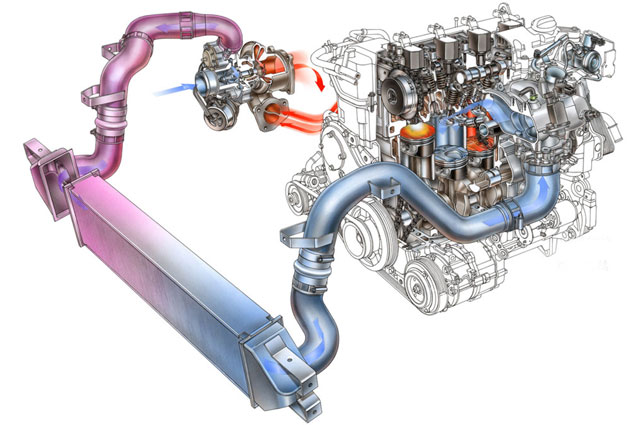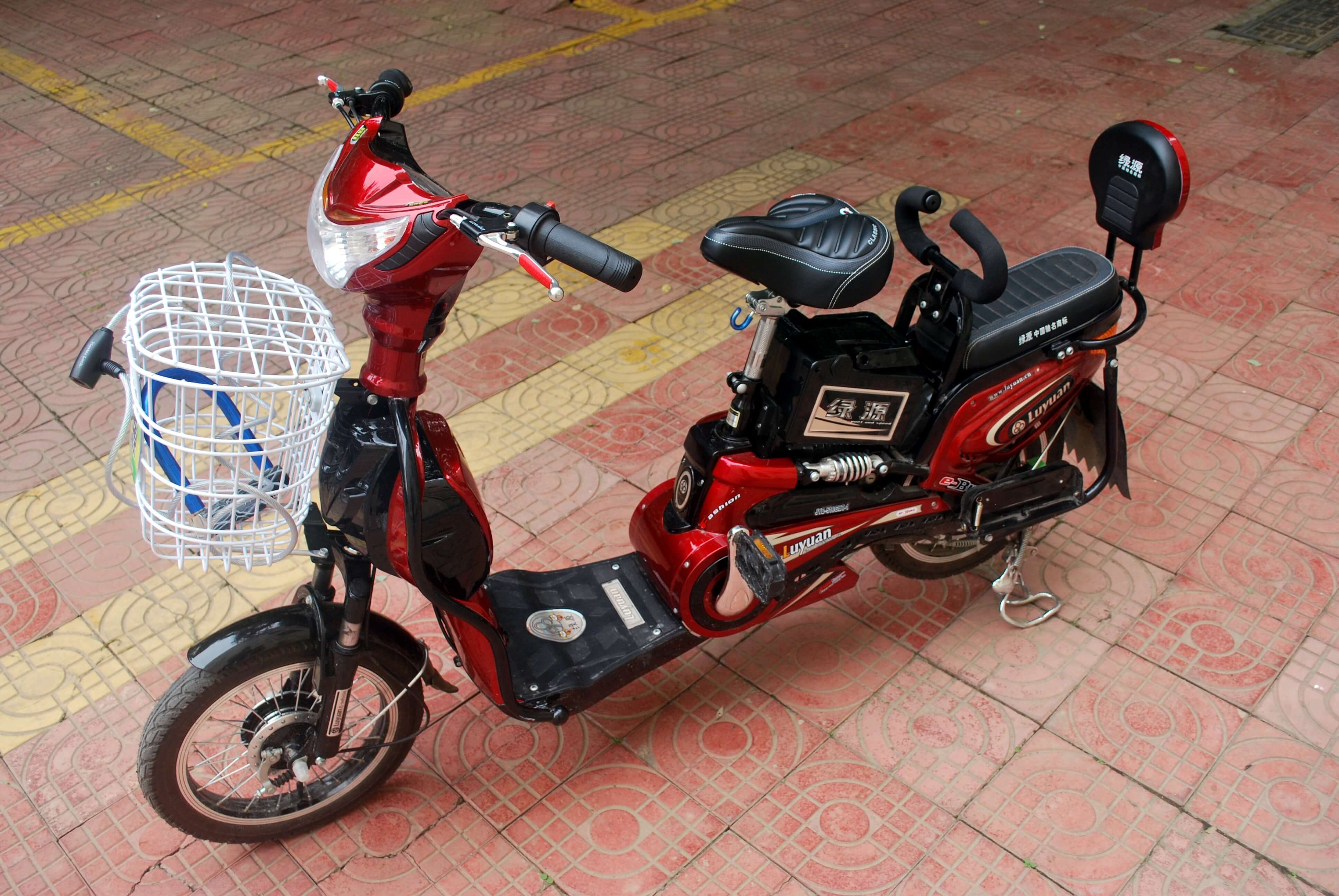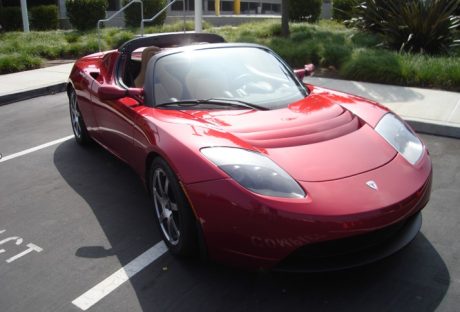Nowadays there is a lot of concern over increasing combustion engine efficiency. There are many methods, which have been devised by engineers like turbocharging, regenerative banking, VIT and direct fuel injection, which can help improve the internal combustion engine efficiency. For example, with the help of Tribotex, you can increase the internal combustion engine efficiency.
Before we delve into the ways of improving the energy efficiency of an engine, we need to know what is meant by combustion energy efficiency and how can it be calculated. The energy efficiency of the engine is simply the ratio of the fuel supplied to do the work in a specified time to the amount of work done or the output received after all the losses. When you measure the heat balance sheet of the different engines, you can easily find out the engine efficiency.
Factors That Limit Internal Combustion Engine Efficiency :
There are certain factors, which limit the efficiency of the combustion engine. They are
- Heat loss during cooling or in exhaust gases
- Friction loss
- Loss in transmissions like clutches, fluid couplings, and brakes
- Friction loss in tires
- Incomplete and imperfect combustion
- Loss due to the thickness of viscosity of lubricant in the engine
- The drag of the vehicle
- Imperfect valve timing
- Compression ratio
- Energy consumed by auxiliary equipment like water pumps and oil pumps
So, now that you know about the ways in which the internal combustion engine efficiency can be reduced, let’s have a look at how you can improve it.
Regenerative Braking :
Whenever you apply the brakes of a car, you waste some fuel due to deceleration and friction, in addition to heat from your combustion engine. In order to avoid that, regenerative braking should be used. The process is similar to you controlling the speed of the vehicle while going downhill, or slowing your car first before you press the brake. You can also use electromagnetic braking, in which the motors will absorb the energy and use it for recharging your battery cells.
Direct Injection :
If you do not use direct injection, the fuel is mixed with the air outside, making it more prone to getting wasted. However, when you use direct injection, the fuel is mixed with the air inside the cylinder or injected directly in the cylinder, which allows better control of the fuel being used. This also makes your engine more efficient.
Cylinder Deactivation :
When you have an internal combustion engine with a special feature, you can deactivate some cylinders when the power requirement is less. This reduces the total volume of engine cylinders temporarily and also reduces your fuel combustion, increasing the efficiency in return.
Turbochargers :
Turbochargers are equipment used to increase pressure inside the fuel cylinders, and generate more air, and allowing the combustion to occur so that more power can be generated. Although this doesn’t make the engine more economical, it helps in the generation of more power with a small amount of fuel. This, in turn, helps you to downsize other costs.
Variable Valve Timing :
Inside the combustion cylinder, valves open and close at frequent intervals to allow air to enter the cylinders, and the combusted air to exit. Different valve timing is required to produce different results. In theory, you cannot vary the timing, because it is an automatic mechanism that depends on several other factors, and the choice has been made when the engine was designed. However, with some modern engines, the option to vary the valve timing is there. It can be changed by changing the rotations per minute or even allowing maximum power, and fuel to pass through.
Twin Spark Plug :
When the flame front starts from the spark plug, the plug proceeds outward and some part of the fuel remains unburnt, which is then ejected out as a waste. However, when you use a twin spark plug cylinder, the flame front also uses the remainder of the fuel, increasing the fuel efficiency of the engine in general.
When it comes to building energy-efficient cars, the first step is taking care of the efficiency of the engine, along with certain other factors. For example, when you use a lubricant with less viscosity, your energy efficiency increases to some extent. At the end of the day, make sure you check the above-mentioned factors if you are planning to improve the internal combustion engine efficiency.
Read More :
1. Car Leasing Tips: How Leasing A Car Has Changed?






















